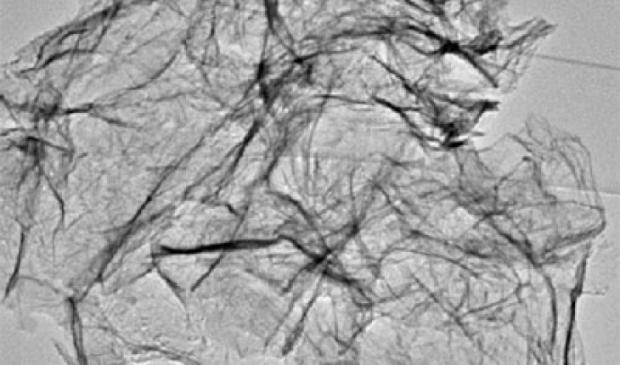
Breaking News
We Americans Need to Dig Deep into Historical Perspective
 A timeless clip of Michael Burry explaining how he used credit default swaps...
A timeless clip of Michael Burry explaining how he used credit default swaps...
 The next financial crisis won't start in a bank lobby. It's already brewing in the market
The next financial crisis won't start in a bank lobby. It's already brewing in the market
Top Tech News
 This tiny dev board is packed with features for ambitious makers
This tiny dev board is packed with features for ambitious makers
 Scientists Discover Gel to Regrow Tooth Enamel
Scientists Discover Gel to Regrow Tooth Enamel
 Vitamin C and Dandelion Root Killing Cancer Cells -- as Former CDC Director Calls for COVID-19...
Vitamin C and Dandelion Root Killing Cancer Cells -- as Former CDC Director Calls for COVID-19...
 Galactic Brain: US firm plans space-based data centers, power grid to challenge China
Galactic Brain: US firm plans space-based data centers, power grid to challenge China
 A microbial cleanup for glyphosate just earned a patent. Here's why that matters
A microbial cleanup for glyphosate just earned a patent. Here's why that matters
 Japan Breaks Internet Speed Record with 5 Million Times Faster Data Transfer
Japan Breaks Internet Speed Record with 5 Million Times Faster Data Transfer
 Advanced Propulsion Resources Part 1 of 2
Advanced Propulsion Resources Part 1 of 2
 PulsarFusion a forward-thinking UK aerospace company, is pushing the boundaries of space travel...
PulsarFusion a forward-thinking UK aerospace company, is pushing the boundaries of space travel...
 Dinky little laser box throws big-screen entertainment from inches away
Dinky little laser box throws big-screen entertainment from inches away
 'World's first' sodium-ion flashlight shines bright even at -40 ºF
'World's first' sodium-ion flashlight shines bright even at -40 ºF
More durable and longer lasting lithium-ion batteries with nanosheet anodes

These nanosheets (image on right) are 50,000 times thinner than a sheet of paper, allowing faster charging of power compared to current battery technology. The wide surface area of the nanosheets makes better contact with the electrolyte, thus increasing the storage capacity. The material is also highly durable and does not break easily, which improves the battery shelf life. Existing methods of making metal oxide nanosheets are time-consuming and difficult to scale up.
The IBN researchers came up with a simpler and faster way to synthesize metal oxide nanosheets using graphene oxide. Graphene oxide is a 2D carbon material with chemical reactivity that facilities the growth of metal oxides on its surface.
Graphene oxide was used as the template to grow metal oxides into nanosheet structures via a simple mixing process, followed by heat treatment. The researchers were able to synthesize a wide variety of metal oxides as nanosheets, with control over the composition and properties.

 The AI money machine!
The AI money machine!

